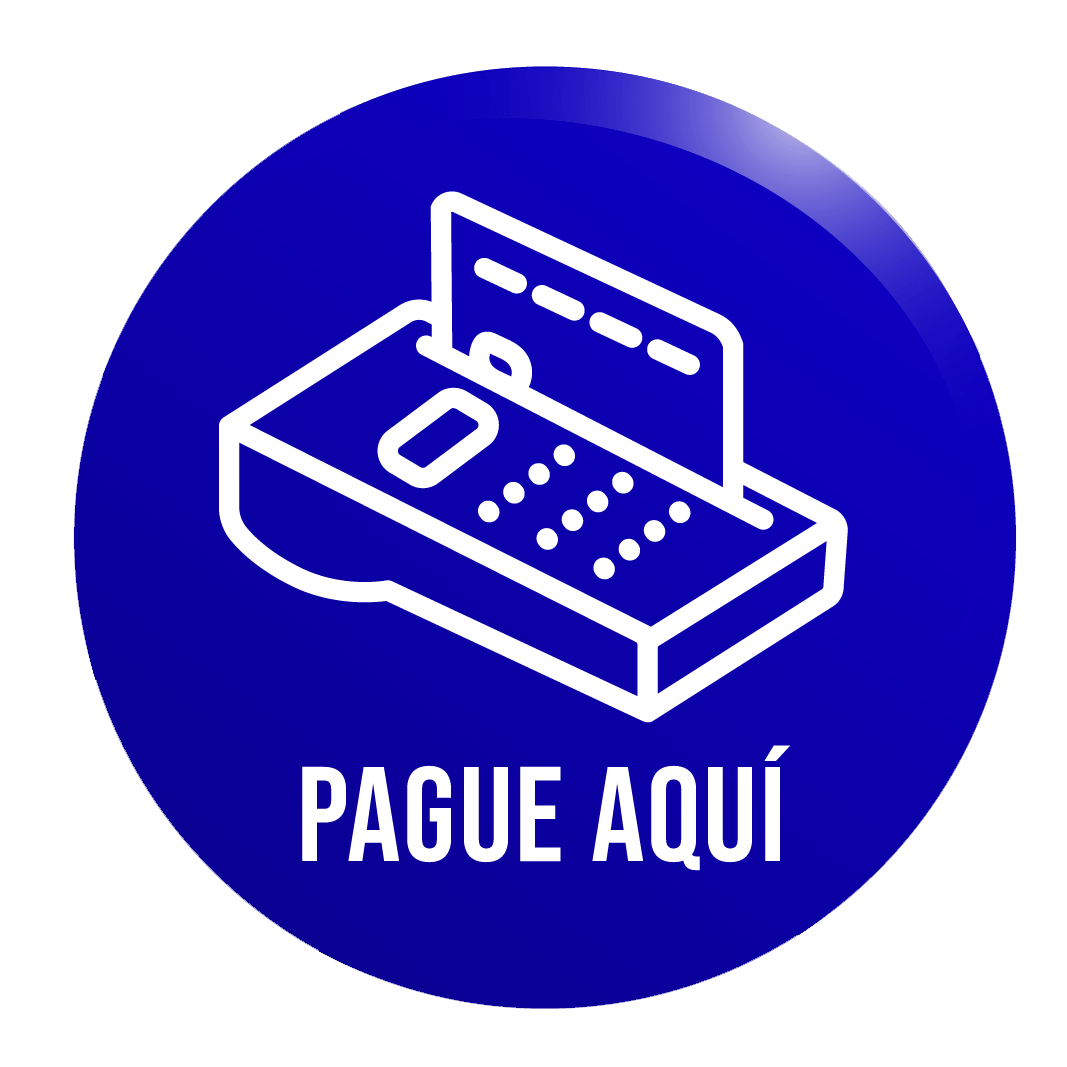

The specialty of pain intervention involves the application of minimally invasive surgical techniques and non-surgical techniques to relieve patients’ pain when medications are no longer effective.
When to consult a pain interventionist
You can consult a pain interventionist when:
- The pain you feel is intense.
- You have been experiencing severe pain for more than three months.
- You feel that the pain is affecting your quality of life.
- Medications do not provide relief.
Chronic pain refers to pain that persists for more than three months, even if the underlying cause has been resolved. Chronic pain causes changes in pain transmission systems, and managing it requires pharmacological treatments or interrupting the body’s electrical pathways partially or permanently.
Examples of diseases
A pain interventionist can help in many cases, such as after surgery or a surgical procedure that has left you with severe pain. They also perform procedures for conditions like trigeminal neuralgia, craniofacial pain, and back pain.
Pain treatments
At the Campestre Clinic, emphasis is placed on regional anesthesia techniques to manage intra- and postoperative pain. Non-surgical interventional management techniques are also performed on patients with chronic pain who are not suitable for surgical management.
Blocking is a technique used for pain management. It involves blocking the nerves that transmit pain signals to the brain using medications that interrupt those communication pathways.
Pain specialists at the Campestre Clinic frequently perform the following interventions:
- Joint blocks (hip, shoulder, knee).
- Peripheral nerve blocks and/or radiofrequency (suprascapular, saphenous, among others).
- Cervical or intracranial nerve blocks and/or radiofrequency (greater occipital, sphenopalatine, among others).
- Spinal blocks.
- Facet blocks.
What is pain intervention like?
These are outpatient procedures performed in a well-equipped surgical room with modern and high-tech equipment, such as ultrasound machines.
For example, if you are going to undergo a “cervical epidural” to alleviate pain in your neck, shoulders, or arms, you will receive minimal sedation. Then, the specialist will insert a needle into the affected area and confirm its placement in the epidural space using a special radiological contrast medium. They will inject the therapeutic medication, usually a mixture of an anesthetic and a steroid. You will then be taken to the recovery room and later discharged.
Radiofrequency denervation is a different procedure. Its goal is to reduce the transmission of pain from diseased structures to the nervous system. It can be compared to turning off the power switch to the nerve, keeping it off for a period ranging from six months to three years, depending on each patient’s condition.
The procedure does not cure the underlying disease causing the pain, but it can eliminate 60% or more of the discomfort you feel, significantly improving your quality of life.
A radiofrequency generator device is used, which causes the particles of the affected nerve to vibrate at 300,000 cycles per second. This vibration heats the tissue and alters the properties of the nerve, exerting a therapeutic effect. The improvement process may require several weeks (three to six) before achieving relief.
Call us at (+57) 604 444 2006
Call Center hours:
Monday to Thursday: 7 am to 7 pm
Friday: 7 a.m. to 6 p.m.
Saturdays: from 7 am to 1 pm
ANESTHESIOLOGISTS, PAIN INTERVENTIONISTS
Call us at (+57) 604 444 2006
Call Center hours:
Monday to Thursday: 7 am to 7 pm
Friday: 7 a.m. to 6 p.m.
Saturdays: from 7 am to 1 pm

